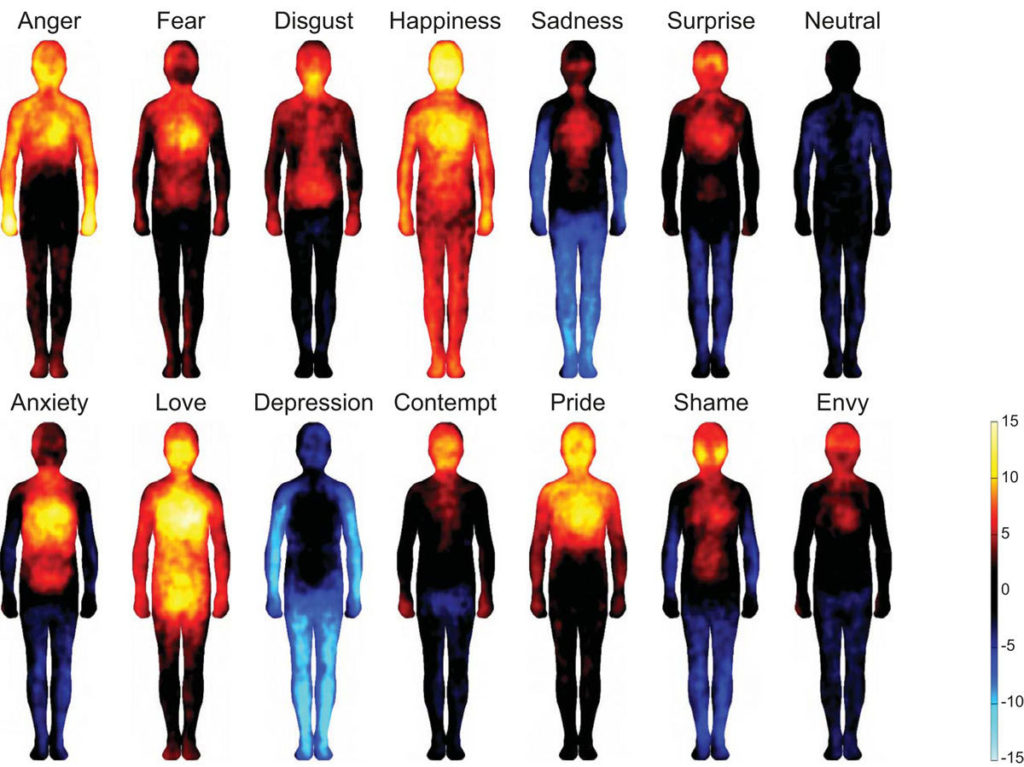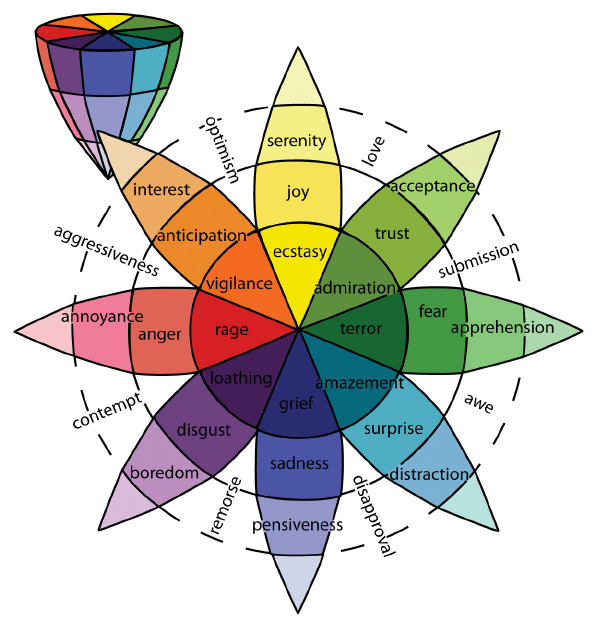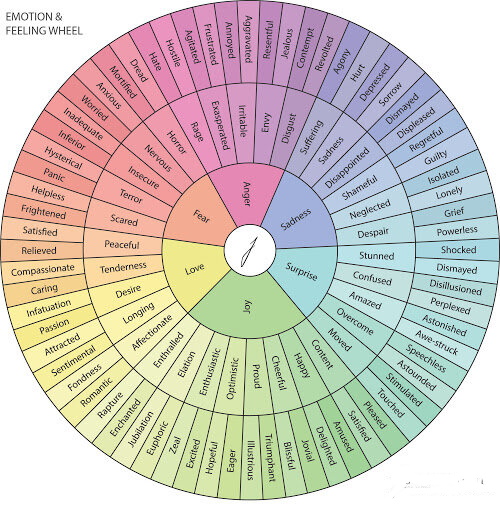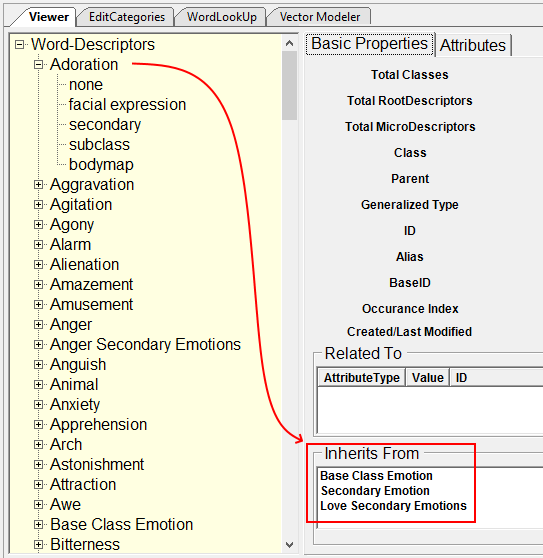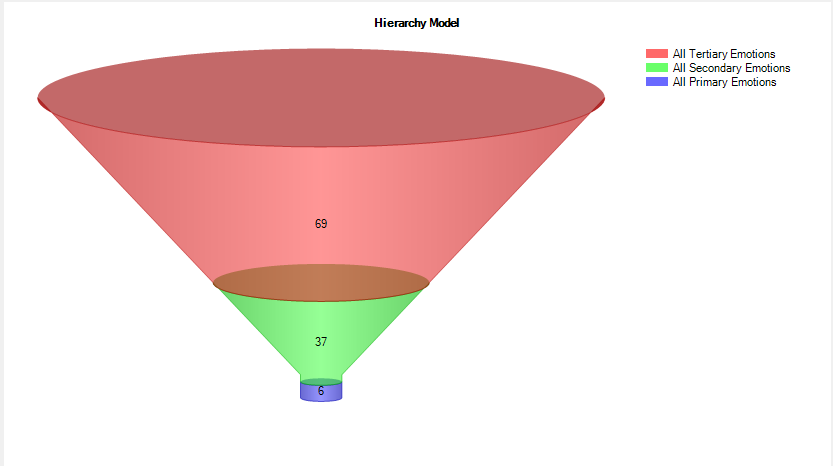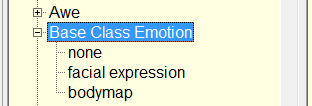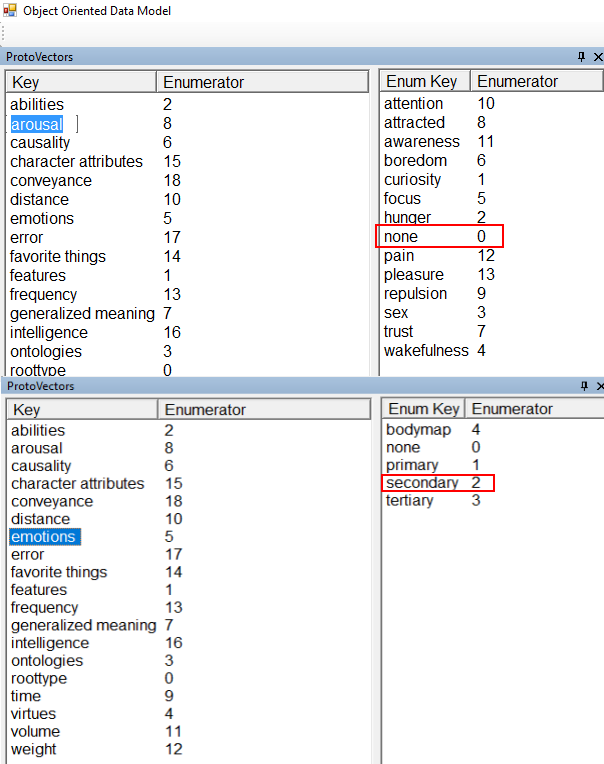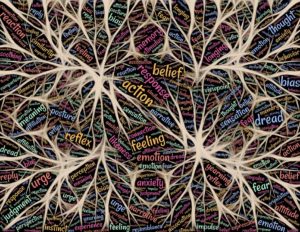
The ability of the human mind to associate information is a critical feature of its creative abilities. Why? While many anthropologist believe human brain size was driven by tool building the fact is that socialization proves to be a greater stimulus for creativity. If we look at the rate of innovation before agriculture and city states, tools did not change much in tens of thousands of years! So tool making is not the driver for bigger brains.
Why nature is naturally selecting for free association in humans is due to the social demands of the species, which is something Dr. Richard Leaky has hinted at. Free association of information allows us to invent interesting topics of conversation and in fact, would reinforce the ability to sensationalize! The more interesting you can make a topic or invent a myth or personal experience the more attention one can get from the troop or tribe. Such attention can then lead to greater influence in a group that can realize such individuals to solicit more mates and collaboration from peers. It is not until recently that the social creative impetus of humans has been applied to sophisticated tool making.
No one has looked at the ability of the human brain to freely associate information as a product of information processing and data structuring. When trying to engineer the equivalent in current software development paradigm it is impossible or is it?
Below is a software tool that can analyze sentences, paragraphs, pages, and even books and relates them to topics of information through an ontological framework. It effectively allows the software to have an impression!
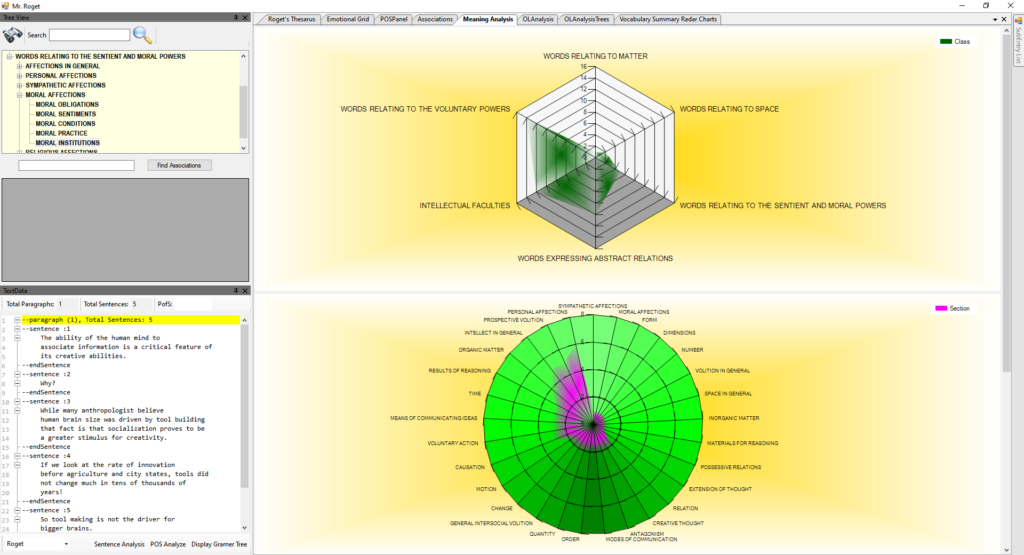
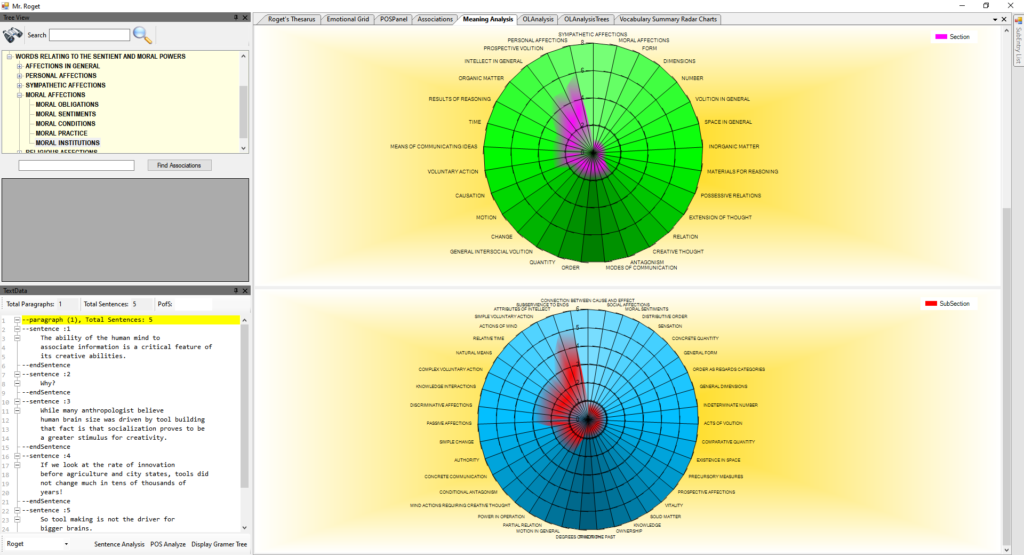
The ontological framework is Roget’s Thesaurus and it has been formatted into a form that allows for highly paralleled O1 searches. It allows for a machine to gain an impression by being able to relate to the information as if it were Roget himself, well almost. Roget did not document some critical personal views of his in the thesaurus. But for the most part the software relates to information from the perspective of a 19th century mindset!
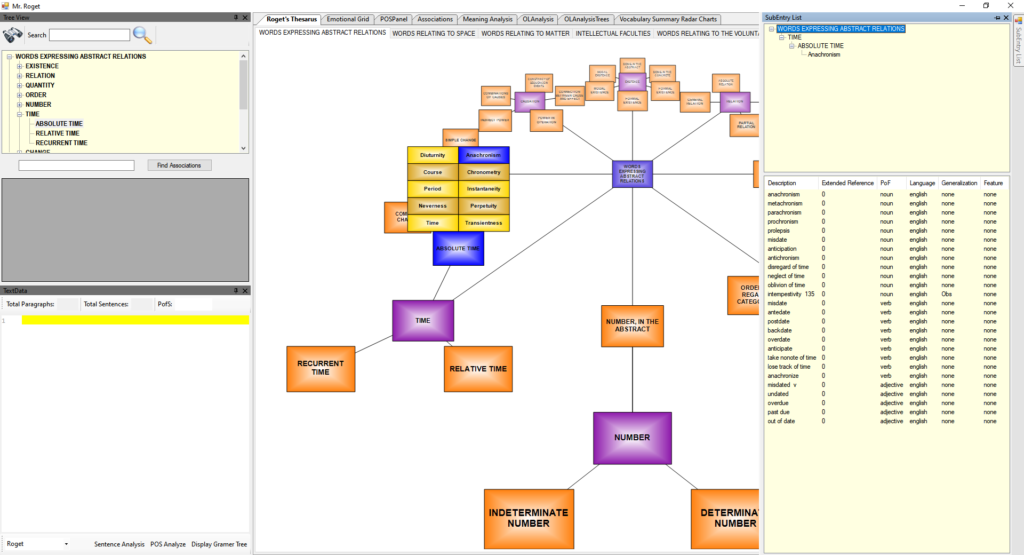
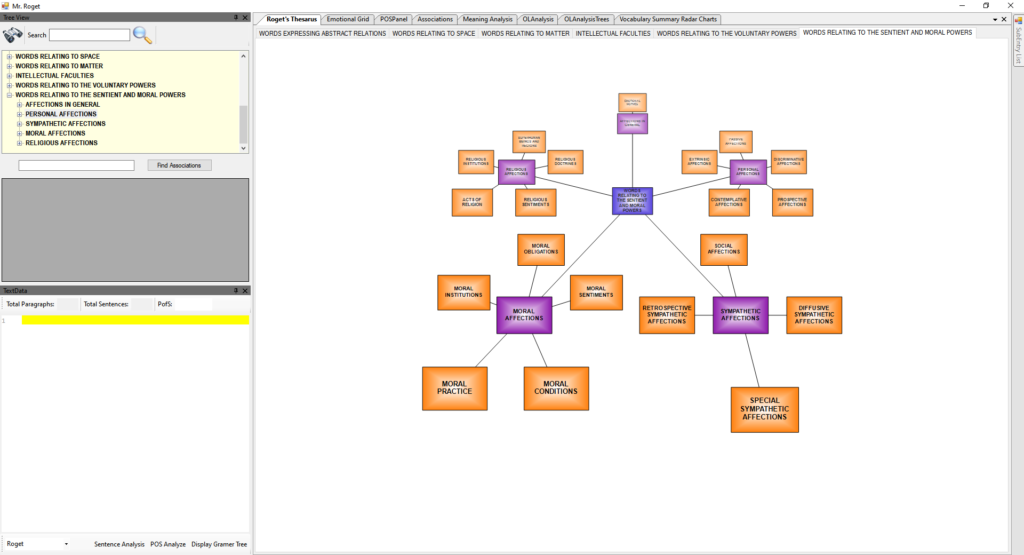
So how does this relate to or explain the human brain’s power of free association? The software operates on a data structure that is self similar. So we can do something very interesting and that is do a partial feature match. So by doing this we can solicit data that otherwise, because of its subject matter, would not be addressed. So what good is this?
Well by indexing partially related information the machine can move a conversation or problem solving to other disciplines that otherwise would not be addressed. We can see the efficacy of this kind of data querying or retrieval in human socialization. Conversations can roam in ways that seem chaotic as say two people start talking about “Star Wars” but the conversation later on is about digging ditches in the backyard. By doing something like the software described above topics can be landed on that do not completely or directly relate to the current topic of conversation. So we can get similar types of conversations with machines as we do with humans, where what we start with is not how the conversation ends.
This type of partial feature matching can also explain creativity as in that Zen like experience where one see’s a water drop hanging from a flower pedal that then leads to the theory of relativity! This concept, again, hinges on the principle of partial feature matching. So something in the water drop or flower pedal, along with chemical brain states solicited or queried information that partially matched that moment in time and space that then revealed concepts that could be evaluated and formalized into a new and novel idea.
So the tools and technology to make machines creative and even social are in place but their current application are not used for a social machine. Remember that to be social the machine or human must be creative. As Dr. Richard Leaky stated: “Humans have the highest social demands of any other animal.” For A.I. to be relatable to human beings it must meet the social expectations of humanity.

